New Key Stage One Teaching Resources
Check out some of the newest schemes of work, lesson plans, classroom essentials and interactive presentations recently added to Clickprimary for Key Stage One
-
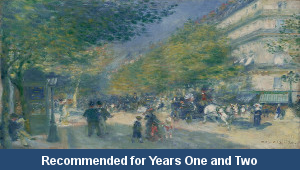
Renoir
Explore the artwork style and painting techniques of a famous European artist to replicate when creating a picture of a school scene
-
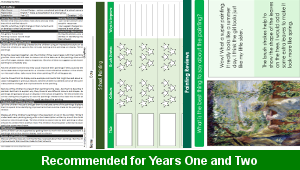
Renoir Art Gallery
Investigate how to review and suggest improvements and changes to completed paintings of a school scene based on an impressionist style used by Renoir
-
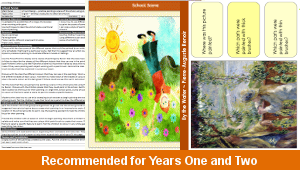
School Scene
Explain and model how to paint a scene of the school using an impressionist painting style based on the artwork techniques of Renoir
-

Brush Strokes
Investigate and practise a range of different ways of painting a landscape scene showing a type of weather using a selection of brush strokes to replicate the style of a famous artist
-
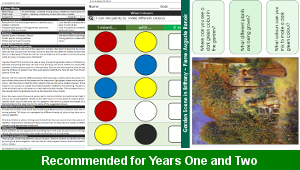
Colour Mixing
Practise mixing and recording a range of special colour shades to match different parts of a painting of a landscape scene by Renoir
-

Colour Swatches
Explore how to identify, describe and compare the range of different colour shades that have been used in a painting of a landscape scene by Renoir
-

Art Frames
Explore and record the range of different shapes, colours and patterns that have been used in paintings by a significant European artist
-
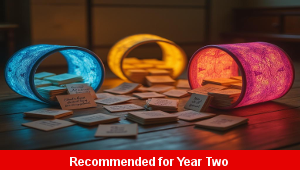
Word Groups
Explain and model how to use tables to organise and sort special vocabulary words into groups to match specific criteria
-
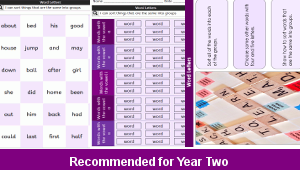
Word Letters
Practise using tables to sort collections of words with different numbers or types of letters into matching groups based on a range of criteria
-

City Living
Identify, describe and compare some of the different physical and political geographical features of cities with other locations around the world
-
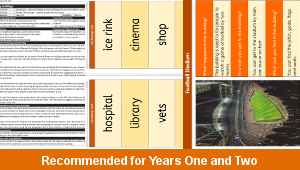
City Buildings
Explore how to plan and record the design for a new building construction that can be located in a particular place in a city environment
-
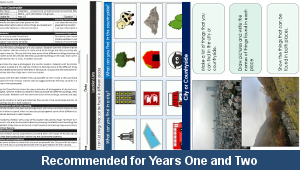
City or Countryside
Investigate how to compare and contrast some of the special physical and political features that can be found in different locations around the world
